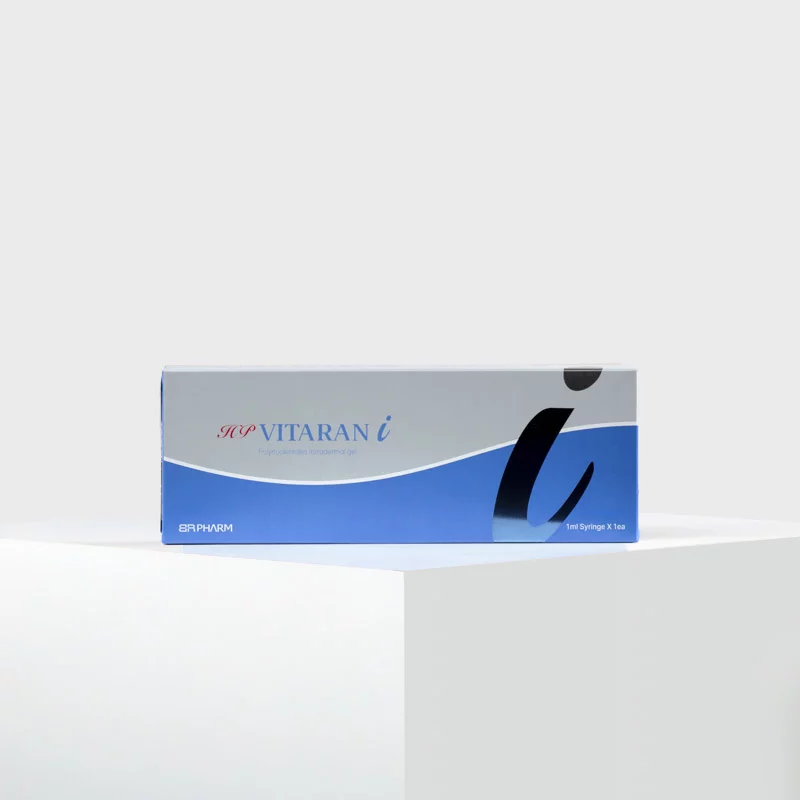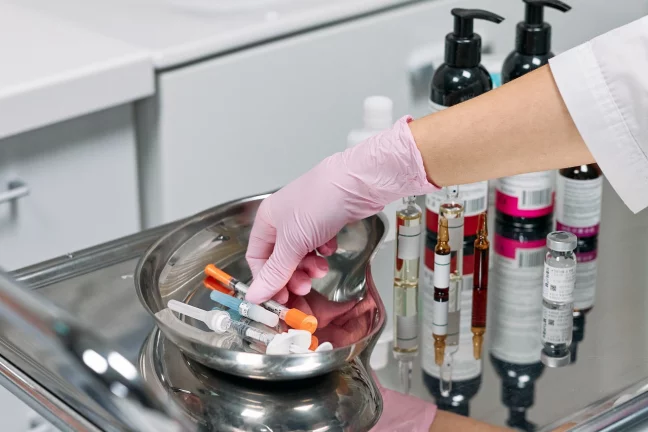-

- Author e-FILLERS Team
- Jun 27th, 2025
Breaking Down Product Labels: CE, FDA, KFDA and What They Mean

In the fast-evolving world of aesthetic medicine, product quality, traceability, and regulatory approval are critical for both patient safety and professional credibility. Whether you’re sourcing dermal fillers, polynucleotides, exosomes, or mesotherapy solutions, it’s essential to understand what regulatory labels like CE, FDA, and KFDA actually mean—and what they don’t.
This article breaks down the differences between these key certifications so that aesthetic professionals can make informed purchasing and treatment decisions.
Why Regulatory Labels Matter
Each product label indicates that a medical or cosmetic product has passed a specific level of safety, efficacy, and manufacturing oversight under the rules of a governing body. While these certifications are not always interchangeable, they reflect the market approval status and are often used as a trust indicator when selecting products for clinical use.
1. CE Mark (Conformité Européenne)
Jurisdiction: European Economic Area (EEA)
Common on: Dermal fillers, mesotherapy, skin boosters, devices
What It Means:
The CE Mark indicates that a product complies with EU health, safety, and environmental protection standards. It is not a quality badge, but rather a declaration that the product meets the essential legal requirements for sale in Europe.
Key Points:
Most CE-marked aesthetic products are classified as Class III medical devices (e.g., dermal fillers)
Requires assessment by a Notified Body and ongoing Post-Market Surveillance
Allows legal sale in all EU and EFTA countries
Does not guarantee clinical efficacy—it ensures compliance with EU regulations
2. FDA Approval (U.S. Food & Drug Administration)
Jurisdiction: United States
Common on: HA fillers, toxins, medical devices, biologics
What It Means:
FDA approval requires rigorous clinical trials demonstrating both safety and effectiveness. It’s widely considered the strictest regulatory process in the world for medical products.
Key Points:
Includes full pre-market clinical testing under Investigational Device/Drug Exemptions
Products must demonstrate substantial equivalence or undergo PMAs (Premarket Approvals)
FDA also regulates marketing claims and labeling practices
Only a limited number of filler brands (e.g., Juvederm, Restylane, RHA) are FDA-approved
Example Products:
Juvederm®, Restylane®, RHA® Collection (Revance), Sculptra®
3. KFDA (Korean Ministry of Food and Drug Safety)
Jurisdiction: South Korea
Common on: Polynucleotides, exosomes, mesotherapy, skin boosters
What It Means:
The KFDA (now MFDS) oversees the approval of medical and cosmetic products in South Korea—a country known for cutting-edge innovation in regenerative medicine and aesthetic science.
Key Points:
Strong emphasis on product formulation and manufacturing standards
Allows innovative technologies like PDRN and exosomes to reach the market faster than Western regulators
KFDA approval is often seen as a prelude to international expansion, but not always equivalent to CE or FDA
Example Products:
HP Cell Vitaran®, Rejuran®, ExoCoBio® Exosomes
Are These Certifications Interchangeable?
No. While all three indicate that a product has met certain standards, they reflect different levels of clinical evidence, manufacturing oversight, and regional compliance.
What Should Clinics Look For?
Source products from licensed, traceable suppliers
Ask for the actual certification document (not just a logo on the box)
Understand intended use and classification (e.g., CE-marked for medical use vs cosmetic use)
Keep documentation for audits and insurance
Don’t assume CE = FDA or vice versa—regulatory equivalence does not exist
Conclusion
Understanding CE, FDA, and KFDA certifications is more than a legal formality—it’s an essential part of clinical decision-making and patient safety. While each approval path differs, knowing what each label represents empowers professionals to choose products that meet the standards of their practice and jurisdiction.
Always remember: regulatory labels don’t replace clinical judgment, but they support it.

.webp)
 (1).webp)
.webp)




